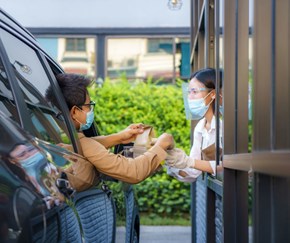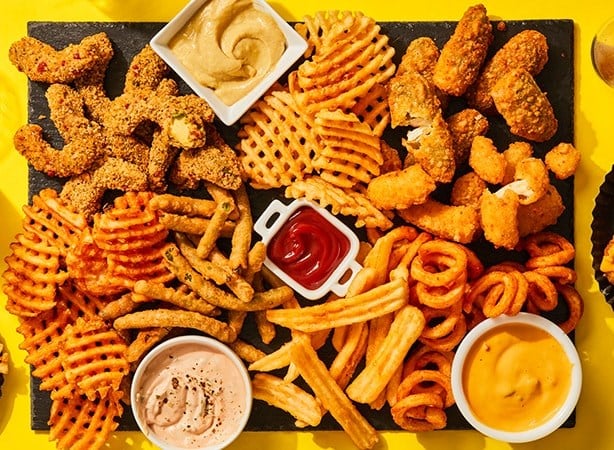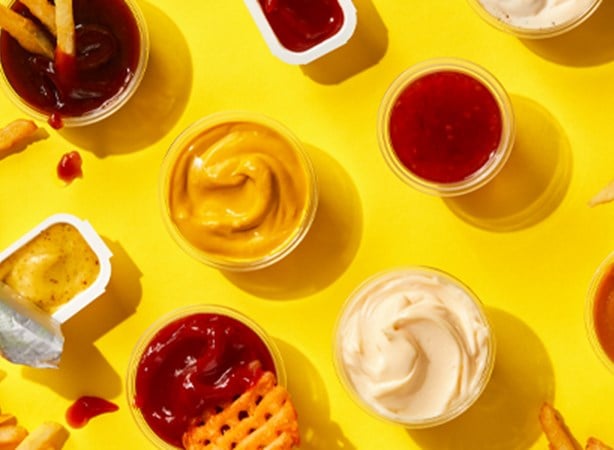
Article courtesy of Informa
The coronavirus has obliged operators to revise safe and convenient service practices.
The pandemic has redefined what customer service means for the restaurant industry by creating barriers to personal interaction and shifting large portions of the experience outside an operation’s four walls.

“When customers go directly to the restaurant for carryout, pickup or the drive-thru, their experience is with the restaurant itself, and therefore the restaurant can make a difference.”
Operators have responded by ensuring safe and convenient environments for order pickup, and rethinking all aspects of their processes for fulfilling off-premise orders—from packaging to ordering-technology applications to third-party delivery partnerships.
The latter in particular has been a key focus for many operators, who have long been uneasy about how the independent drivers contracted by outside delivery firms represent the restaurant brand in their interaction with consumers. Orders placed through third-party firms’ apps and websites also restrict the customer experience restaurants can provide during the ordering process and beyond.
“What any given restaurant has to offer becomes only their food if it’s ordered through a third-party service,” says Lisa van Kesteren, CEO of SeeLevel HX, a provider of business intelligence and customer experience services. “When customers go directly to the restaurant for carryout, pickup or the drive-thru, their experience is with the restaurant itself, and therefore the restaurant can make a difference.”
Ensuring Service Quality
One way restaurateurs have been addressing concerns about third-party delivery, she says, is by entering partnerships with delivery firms that stipulate certain levels of service. This can include prohibiting drivers from delivering multiple orders from other restaurants between pickup and delivery from the partner restaurant.

“Figure out what your brand is supposed to mean to your customers, and then execute on that.”
At the drive-thru, restaurants have much more control over the experience, van Kesteren says, although operators still must set priorities about what aspects of service their customers consider most important. Chick-fil-A has long been known for having longer overall wait times in the drive-thru than other quick-service chains, as reported in SeeLevel’s 2020 Annual Drive-Thru Study. But customers are willing to overlook that element of the chain’s service levels because Chick-fil-A excels at other aspects of the experience, including order accuracy and friendliness.
In addition, to mitigate any potential negative impact from the longer wait times at the drive-thru, Chick-fil-A sends employees out to take orders using mobile devices, a service flourish that customers craving the chain’s popular chicken sandwiches and waffle fries seem to appreciate.
“It’s all about customer expectations,” says van Kesteren. “Figure out what your brand is supposed to mean to your customers, and then execute on that.”
Several operators have also created dedicated order-pickup windows for delivery drivers and other online orders, and some are creating dedicated drive-thru lanes for this purpose. This allows restaurants to hasten output while at the same time ensuring that these visitors don’t impede the ability of the restaurant to provide strong service to other customers.
High-quality packaging for takeout and delivery that protects product integrity and temperature in transit can also help convey the spirit of customer service, as can personal touches such as individualized notes to customers signed by staff.
Leveraging Technology
Operators across the industry have also sought to maintain or improve service levels during the pandemic by leveraging technology. This can include loyalty programs tied to mobile-ordering apps that allow personalized rewards, as well as location-based technology that improves the timeliness of order fulfillment.
A recent survey by consulting firm Deloitte found that 70% of consumers prefer to use digital channels for off-premise orders. In addition, since the pandemic began, mobile apps have replaced cashiers as customers’ preferred mode of interaction with restaurants. Features customers expect mobile apps to provide include ease of use and personalized offers and promotions, the Deloitte research found.

70% of consumers prefer to use digital channels for off-premise orders. In addition, since the pandemic began, mobile apps have replaced cashiers as customers’ preferred mode of interaction with restaurants.
Freddy’s Frozen Custard & Steakburgers, which earned first place among fast-casual chains in the recently released Newsweek-Statista Best Customer Service 2021 rankings, leverages technology to enhance the timeliness of its order output. Beacon location-tracking devices signal when a customer arrives at the restaurant, which helps the kitchen time the finishing of an order so that the service experience is on par with what Freddy’s would provide inside the restaurant, says Scott Redler, chief operating officer and co-founder of Freddy’s.
 “At Freddy’s, we have always prioritized doing things ‘The Freddy’s Way,’ meaning we don’t take shortcuts or easy routes to our goals of serving our guests cooked-to-order steakburgers, churned-throughout-the-day frozen custard and wonderful hospitality,” he says. “This remained top of mind when developing our curbside, app and delivery services.”
“At Freddy’s, we have always prioritized doing things ‘The Freddy’s Way,’ meaning we don’t take shortcuts or easy routes to our goals of serving our guests cooked-to-order steakburgers, churned-throughout-the-day frozen custard and wonderful hospitality,” he says. “This remained top of mind when developing our curbside, app and delivery services.”
Redler notes that when he and his partners launched Freddy’s, their background had been in the full-service steakhouse segment.
“We have always promoted full-service hospitality in a fast-casual environment,” he says. ”We go the extra mile to treat every guest like family.”

